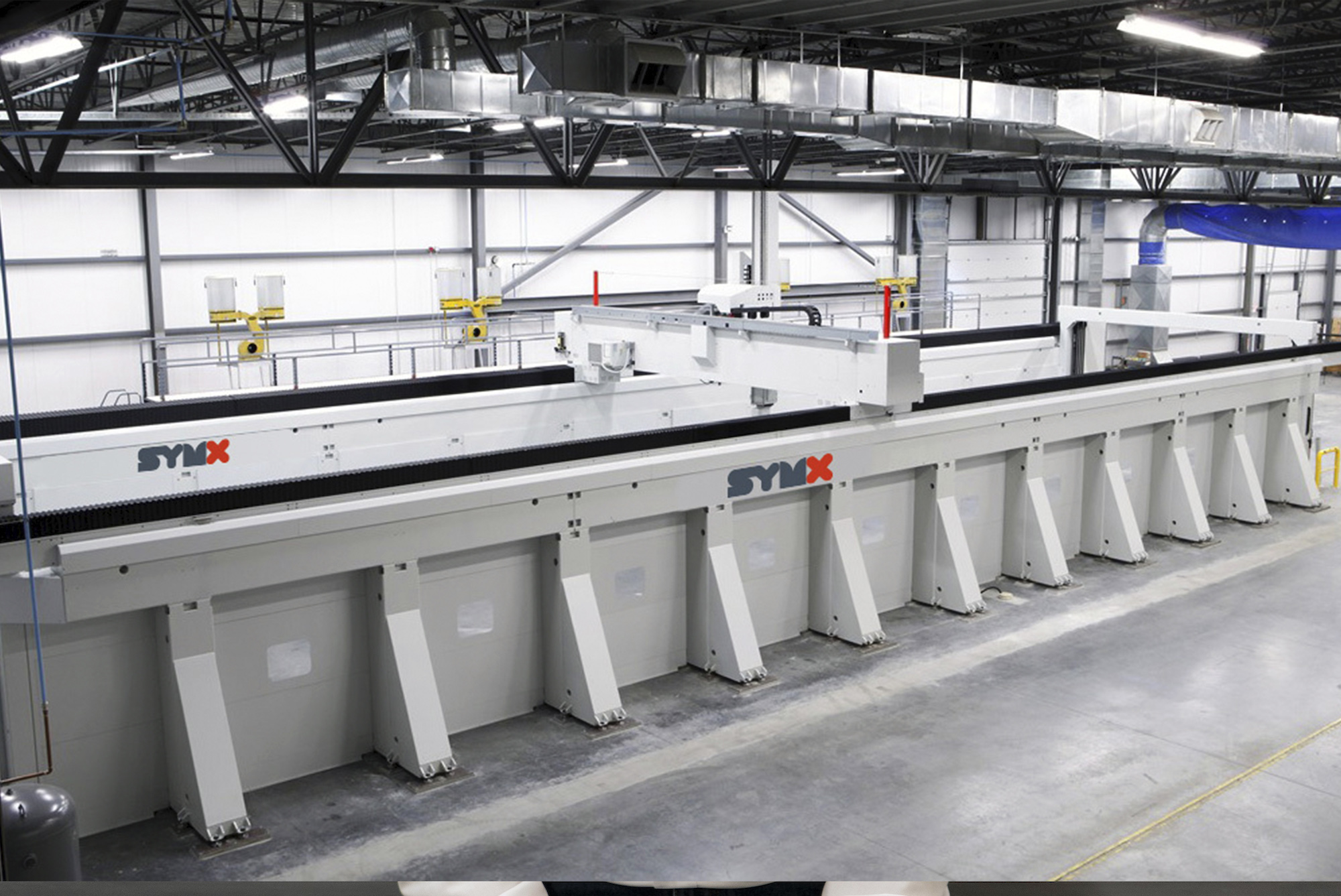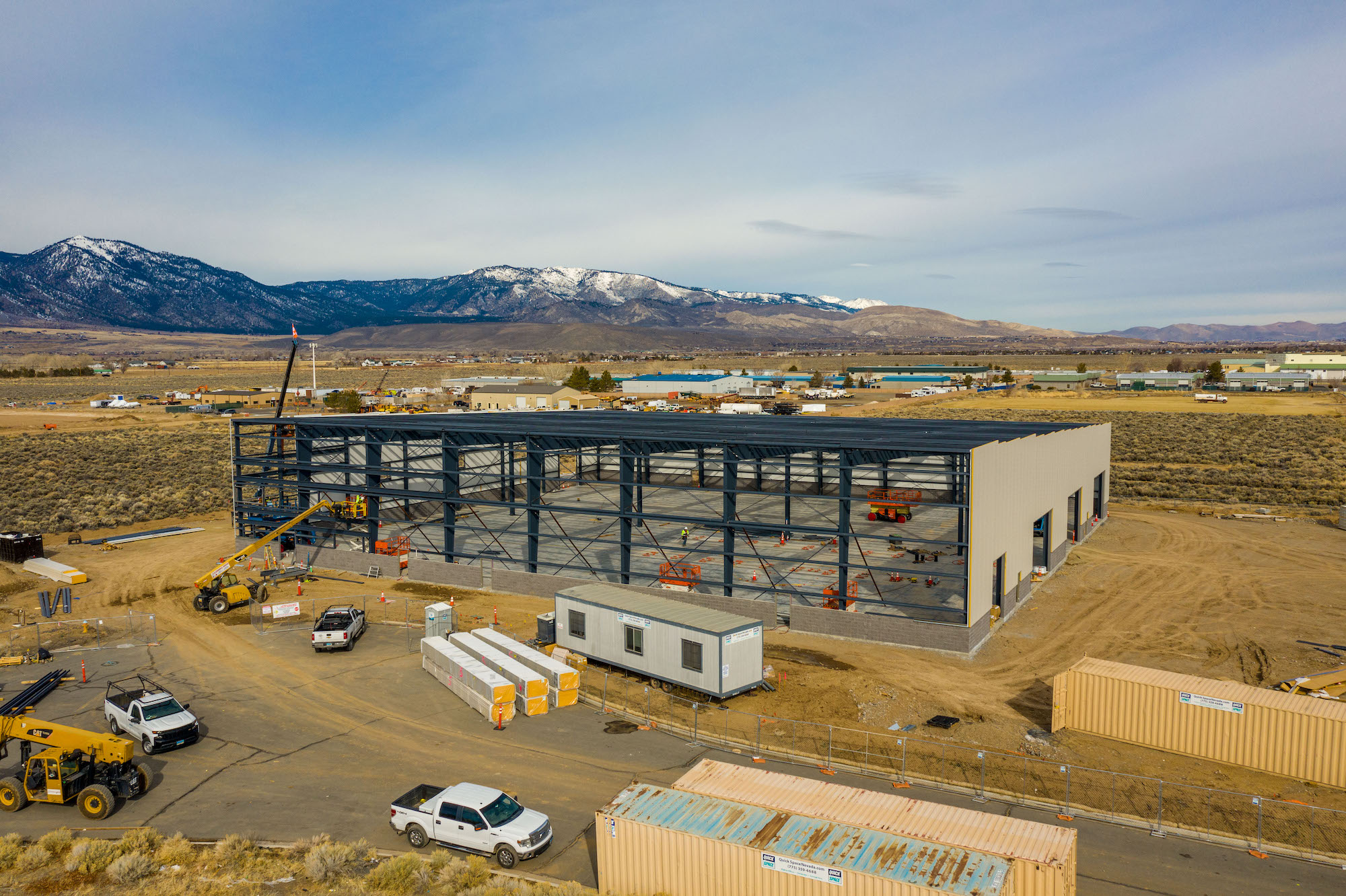In June, Symmetrix Composite Tooling will be moving from its Carson City shop into this 40,000-square-foot facility in Minden (seen in March), which is being built by United Construction.
 John Barnitt, who lives in Genoa, is owner and president of Symmetrix Composite Tooling.
John Barnitt, who lives in Genoa, is owner and president of Symmetrix Composite Tooling.
 Symmetrix uses a 100-foot-long CNC milling machine called “the Poseidon” in its facilities in Rhode Island and North Carolina. The same machine will be housed in its new Minden shop. Photo: Symmetrix
Symmetrix uses a 100-foot-long CNC milling machine called “the Poseidon” in its facilities in Rhode Island and North Carolina. The same machine will be housed in its new Minden shop. Photo: Symmetrix
 Symmetrix’s new facility in Minden will help the composite tooling provider better serve its West Coast clients in a variety of industries, including wind energy, aerospace, marine and more. Photo: United Construction
Symmetrix’s new facility in Minden will help the composite tooling provider better serve its West Coast clients in a variety of industries, including wind energy, aerospace, marine and more. Photo: United Construction